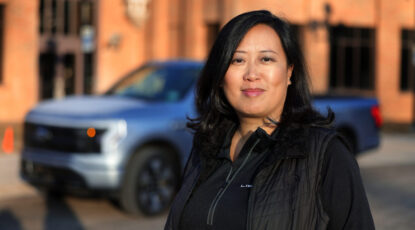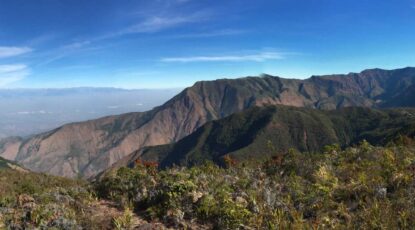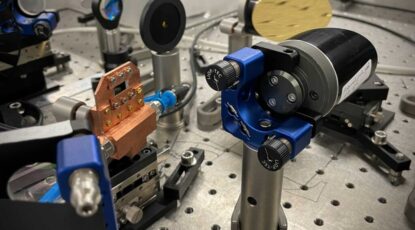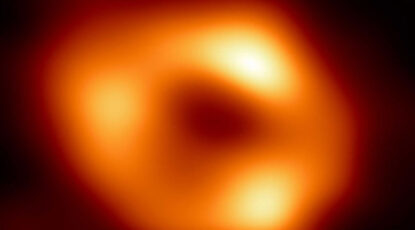Science and Technology
-
First light at the most powerful laser in the U.S.
Michigan Engineering recently fired up the Zetawatt-Equivalent Ultrashort pulse laser System, promising new developments in medicine, electronics, and national security. Funded by the National Science Foundation, ZEUS will explore the physics of the quantum universe.
-
Engineering tough: Taking the F-150 electric
As chief nameplate engineer for the F-150 Lightning, Linda Zhang, BSE EE ’96/MSE CE ’98/MBA ’11, has impacted the design, development, and delivery of the electric vehicle, as well as the creation of its new manufacturing plant and Ford’s marketing campaign.
-
Durable coating kills COVID virus, other germs in minutes
The coating, which is clear and can be brushed or sprayed on, could be a game changer in traditionally germ-laden public spaces like airports and hospitals. It gets its durability and germ-killing power by combining tried-and-true ingredients in a new way.
-
A boost just in time for Fall: Updated COVID shots are now available
The U.S. Food and Drug Administration and the Centers for Disease Control and Prevention have approved a new and improved booster shot for COVID-19. The shot protects against the original variant of SARS-CoV-2 and the Omicron variants BA.4 and BA.5.
-
New long-necked dinosaur helps rewrite evolutionary history of sauropods in South America
A single trunk vertebra has allowed scientists to identify a new species of long-necked, plant-eating dinosaur. The creature inhabited the tropical lowland forested area of the Serranía del Perijá in northern Colombia approximately 175 million years ago.
-
Tusk reveals clues about extinct species
Some 13,000 years ago, a roving male mastodon died in a bloody mating-season battle in what today is northeast Indiana, according to the first study to document the annual migration of an individual animal from an extinct species.
-
Emulating impossible ‘unipolar’ laser pulses paves the way for processing quantum information
A laser pulse that sidesteps the inherent symmetry of light waves could manipulate quantum information, potentially bringing us closer to room temperature quantum computing. The study could also accelerate conventional computing
-
Check out the black hole at the heart of our galaxy
You are viewing the first image of Sagittarius A, the supermassive black hole at the center of our Milky Way galaxy. U-M scientist Mark Reynolds was part of the group to reveal the first direct visual evidence of its presence.
-
Dude, what if everything is just … a hologram?
U-M physicist Enrico Rinaldi uses quantum computing and machine learning to understand a heady concept called holographic duality. His work could one day answer the question: What’s inside a black hole?










